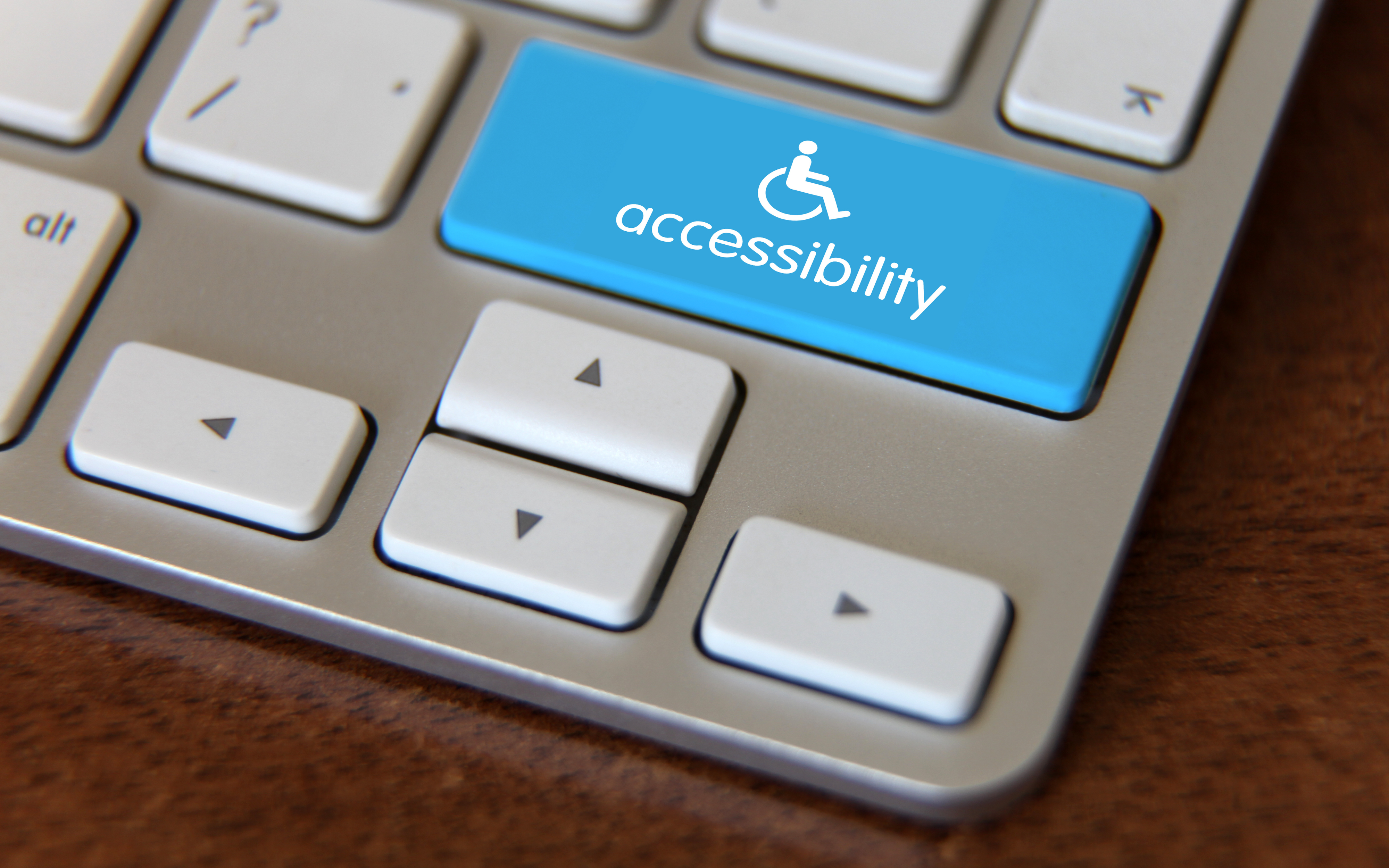


Accessibility overlays are not the solution, says the European Commission
Research and development
Accessibility overlays are tools or technologies that claim to be able to improve the accessibility of websites and solve most of, if not all, accessibility issues, making websites compliant with international and European standards and legislation (Web Content Accessibility Guidelines (WCAG), EN 301 549, Web Accessibility Directive, American with Disabilities Act). In a previous article, we highlighted the limitations and criticalities of accessibility overlays:
Accessibility Overlay. Can they make a site fully accessible?
The European Commission has recently taken a position on the subject. On the page dedicated to accessibility overlays (cached version on archive.org), the Directorate-General for Communication (DG COMM), the Commission’s department responsible for explaining EU policies to outside audiences, reiterated:
“Claims that a website can be made fully compliant without manual intervention are not realistic, since no automated tool can cover all the WCAG 2.1 level A and AA criteria. It is even less realistic to expect to detect automatically the additional EN 301549 criteria. […] Neither of the above categories of tools can substitute for the manual work of making a site accessible. DG COMM cannot endorse any tools or products that fall into the categories of overlay tools or widgets”.
Referring to this study conducted on behalf of the UK government, the DG COMM also pointed out that automatic detection of accessibility issues that make a site non-compliant with WCAG 2.1 is only possible for at most 30% of the WCAG Success Criteria. And being able to detect accessibility problems is essential in order to be able to correct them.
In the experience of many users of assistive technologies, the use of overlays not only does not make a site accessible, but also worsens usability and sometimes interferes with the assistive technologies they use.
To assess and correct the accessibility of a website or application, the expertise and analysis skills of a web accessibility expert cannot be replaced by automated tools, even if based on Artificial Intelligence. Accessibility should be considered from the initial stages of any digital project, be it a website, an application or an electronic document, according to the principles of born accessible and design for all.
Fondazione LIA is a member of WCAG – WAI EOWG, the W3C working group dedicated to the accessibility of websites and mobile applications. If you have a website and you are interested in assessing its level of accessibility and making it accessible to standards, we can support you in the process by offering customised training courses aimed at achieving the level of accessibility that meets the requirements of the international guidelines.



